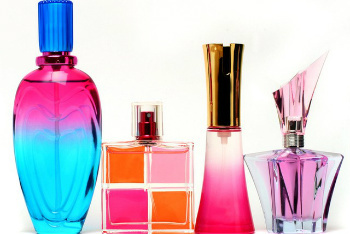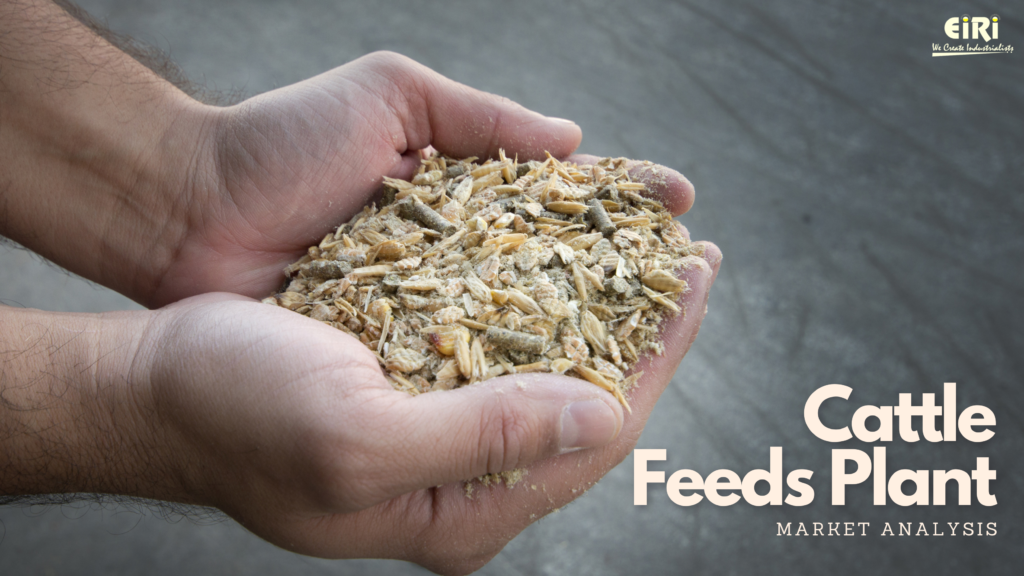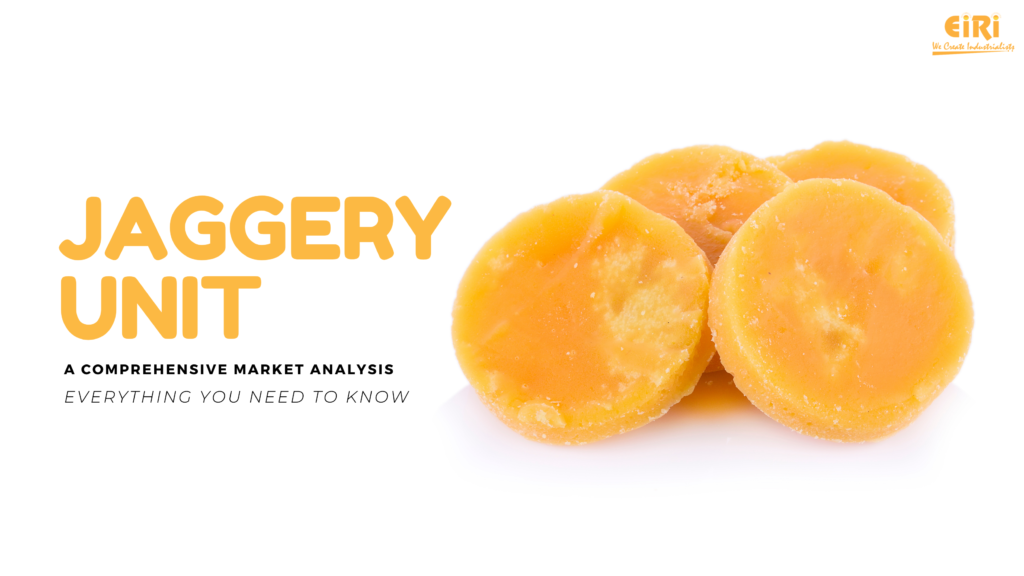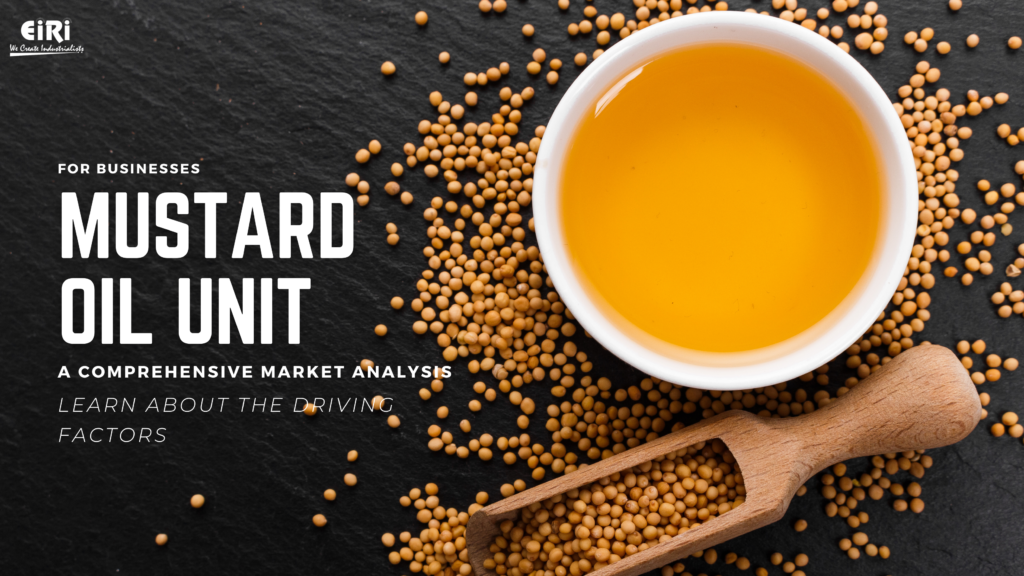Perfume Manufacturing
A perfume can be defined as a blend of odourous materials of natural and synthetic origin which gives a pleasant odour impression.
The art of perfumery is of extreme antiquity. The perfumes have been used from time to time memorial and have played an important part in daily life of the people. The idea of perfumes was first conceived and technically employed in the East, especially in India, China, Egypt and persia. The fermes of fragrance and might giving light odours were employed in religion ceremonies and later on balsams, pomades and cosmetics began to serve the needs of mankind.
Progress in the creation of natural perfume industry was made gradually. The first manipulation of perfumes was as therapeutic remedies utilizing immediate resources of nature. Then as time passed on and the experience of mankind accumulated, they became the basis of secular employment of incense. The latter established the art of perfumery.
Unfortunately, the flourishing position which India had attained in olden times and medieval periods dwindled down due to the lack of scientific knowledge and the inability of Indian manufacturers to adopt them to modern scientific advancements. The application of cheap synthetic perfumes in the manufacture of soaps, cosmetics and confectionary etc. induced Indian perfumes to import and methods of production could not compete with the modern scientific equipments and process. Therefore, improvements in the existing equipments and process are to be introduced early to develop the present state of perfumery industry in the country.
Aromatic perfumery compounds are quite cheap and also produce stable perfumes and hence are highly popular. They are very widely used particularly; Fancy and Royale bouquet like perfumes.
The formulations considered here for Fancy perfumes can also be considered for its application in flvouring foods. It produces strong fruity odour suggestive of peach. The formulations considered for Royals bouquet can also be used for flavouring foods. It provides a light, balsamic odour reminiscent of almost and a Sharpe pungent taste.
A mainstream element of the cosmetics industry, fragrances have transitioned from non-essential commodities to compulsory day-to-day personal grooming products. The fragrance market flourishes in a consumer-driven industry, dictated by fashion and beauty trends. With an estimated net worth of $41 Billion in 2016, the global fragrance market plays a key role in the luxury personal products worldwide.
There are many key producers on the global perfume/fragrance market that set the trends, shape the concepts, and define the strategies, leading to the growth of the market. These include Coty, Procter & Gamble, Puig, Estee Lauder, L’Oreal, LVMH, and IPAR. There is a tremendous demand of the perfume products in India and Global market. An entrepreneur can enter into this field and fetch the good amount as profit in this trade.
The Indian economy may not be performing at what may ideally be regarded as a healthy rate. However, the perfume industry in India is doing commendably. The Associated Chambers of Commerce and Industry of India (Assocham) have in a latest report made some positive projections about the industry. The perfume manufacture industry does not require huge amount of capital.
According to the Assocham study the roll on and deodorant market in India is worth INR 1800 crore and its present yearly growth rate is 55 percent. The market for perfumes has a growth rate of 30 percent per year and its present value has been estimated at INR 1500 crore. The roll on market itself is worth only INR 400 crore as not many brands are there in domain. It is expected that by 2015-16 the industry will be worth INR 10 thousand crore. The future of this industry is bright.
PROCESS DETAIL
The following sequence in the construction of a perfume should be followed by a perfumer.
- Body
- Modifiers
- Fixatives
- Top Notes
- Polishing-off of the perfume oil.
Cost Economics
Cap: 100 Kg/Day
Land and Building : Rs. 73 Lacs
Machinery: Rs. 10 Lacs
Rate of Return : 50%
EIRI have recently prepared the Industrial Project Report on Perfumes Manufacture Industry covering with all the points as
- Introduction
- Properties And Uses
- I.S. Specification
- Market Position
- Perfume Market
- Detailed Export Data Of Eau De Perfume
- Manufacturers/Suppliers/Exporters
- List Of Top Perfume Brands In India
- Formulation And Process Of Jasmine Perfume
- Process Of Manufacture
- Process Or Prefixation In Detail
- Process Flow Diagram For Jasmine Perfume
- Formulation And Process Of Rose Perfume
- Process Flow Diagram For Rose Perfume
- Formulation Of Lavender Perfume With Process
- Process Flow Diagram For Lavender Perfume
- Formulation And Process Of Lilly Perfume
- Process Flow Diagram For Lilly Perfume
- Preparation Of The Materials
- Other Formulations Of Perfume
- Suppliers Of Perfumes/Scents Machinery
- Suppliers Of Raw Materials
Appendix – A:
- Cost Of Plant Economics
- Land & Building
- Plant And Machinery
- Fixed Capital Investment
- Raw Material
- Salary And Wages
- Utilities And Overheads
- Total Working Capital
- Cost Of Production
- Profitability Analysis
- Break Even Point
- Resources Of Finance
- Interest Chart
- Depreciation Chart
- Cash Flow Statement
- Projected Balance Sheet




